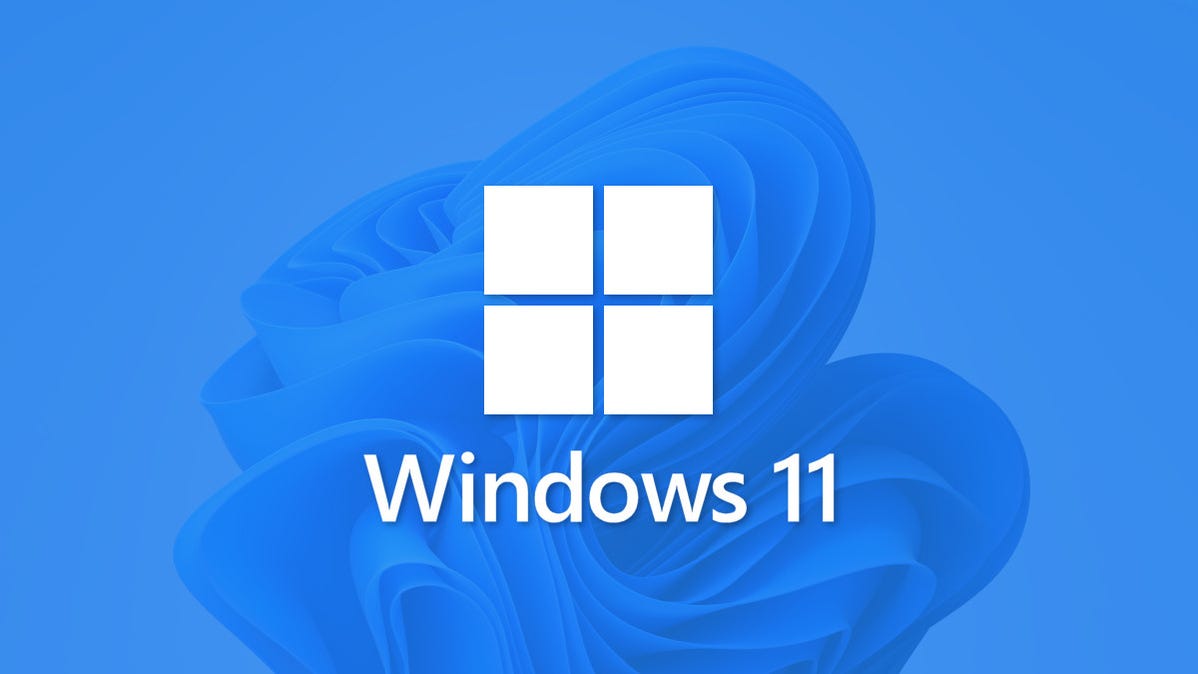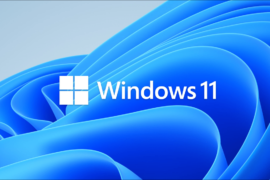Like Windows 10, Windows 11 installs cumulative updates in the background. These updates provide essential security and system enhancements to help keep your PC safe and up-to-date.
However, this does not always work out. Sometimes a Windows update can make the system unstable or crash completely. For example, a recent Windows 10 update caused printers to stop working.
Although you can’t permanently disable Windows 11 updates (and we don’t recommend that you try), you can remove updates and temporarily pause them. This allows you to remove the problematic update until Microsoft publishes a fix or resolves the problem.
How to uninstall a cumulative update for Windows 11
To uninstall an update in Windows 11, press the Windows key on your keyboard and click Setting. You can also use the keyboard shortcut Windows + I to directly open the Setting.

Then click on the option Windows updateat the bottom of the menu on the left. On the right, click Update history, which appears in the section More options.

Now, scroll down on the right side to the section of Related settings. Click on the option Uninstall updates.

That opens the classic Control Panel to section Uninstall an update, where you can select the updates you want to remove.
Select the update or updates (named with ID values like KB5006670, for example), and then click the button Uninstall on top.

Alternatively, you can right-click an update and then click the button. Uninstall that appears.

In either case, a check box will appear asking if you are sure you want to uninstall the update from your system.
Click on Yes to confirm.

Note that while the update is uninstalling, you will see a progress bar; wait for that progress bar to complete before doing anything else. You may also need to reboot your system for the changes to take effect.
Pausing Windows 11 updates
After uninstalling a problematic update, you may want to pause Windows 11 updates until a solution appears. Currently, you can pause updates for a week before they automatically resume.
To do this, press Start> Settings> Windows Update> Pause updates and then click Pause for 1 week to suspend them.

Keep Windows 11 up to date
Although removing a Windows 11 update may fix a problem temporarily, it will not do so permanently. You will have to find out why the update caused problems. At some point, Windows will reinstall the update; therefore, make sure the problem is resolved before that happens.
You can see more information about how Microsoft keeps Windows 11 up-to-date by referring to the update history. If you are thinking of downgrading to a different version of Windows 11 but don’t want to lose your initial license key, you can find your product key and write it down for use elsewhere.




